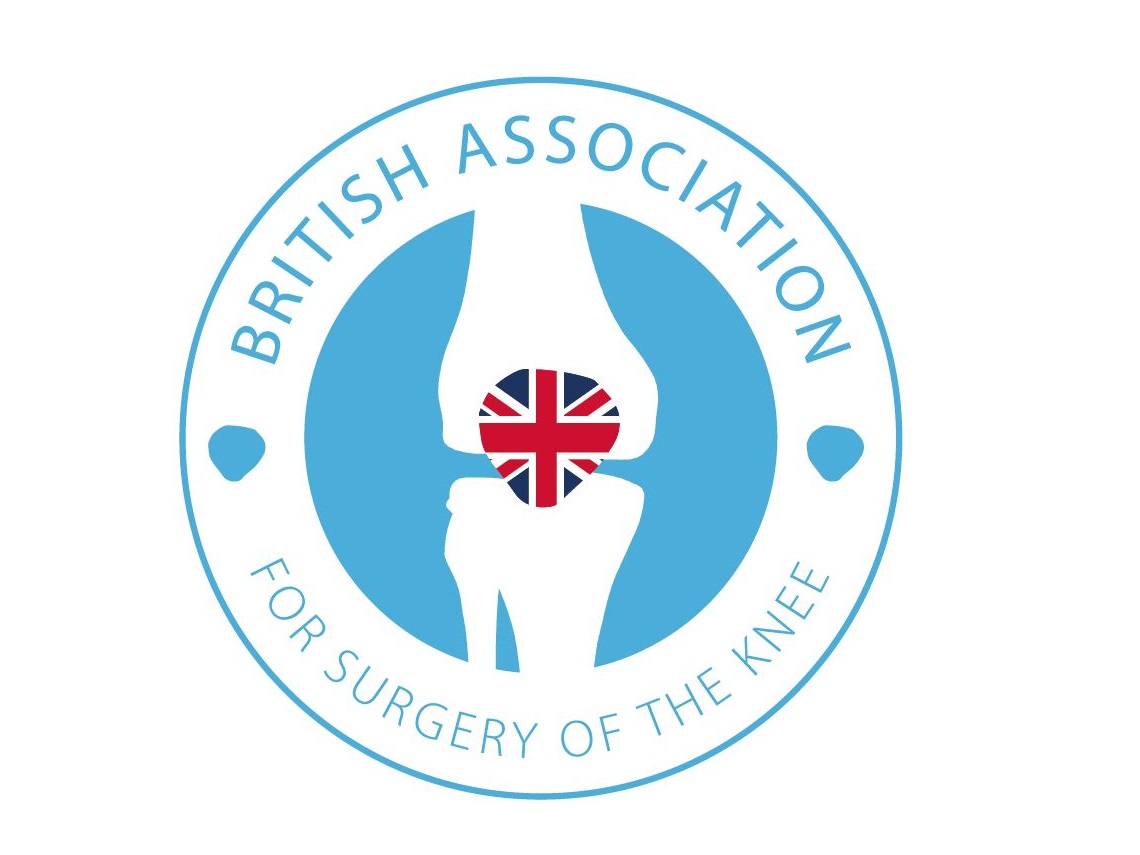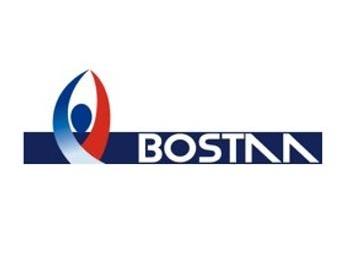BOAST - Best Practice for Management of Anterior Cruciate Ligament (ACL) Injuries



Date Published: September 2020
Last Updated: September 2020
Background and justification
Anterior cruciate ligament (ACL) injury is a common injury usually affecting young and active individuals. The aim of treatment is to restore functional stability of the knee joint.
Summary of Audit Standards
- Patients with haemarthrosis, following an acute knee injury, should be assessed by a clinician proficient in assessment of knee injuries. This should be in form of an Acute Knee injury clinic led either by a surgeon, a physiotherapist or a suitably trained doctor or allied professional.
- This assessment should be done within 2 weeks of presentation, so as to identify injuries requiring urgent treatment.
- Urgent access to imaging facilities should be available from this clinic. Magnetic resonance imaging (MRI), reported by a musculoskeletal radiologist, remains the imaging modality of choice to assess for ACL injury and associated internal derangement.
- All coexisting injuries should be identified and documented, following imaging and repeat assessment, as required.
- A management plan should be made in consultation with the patient after discussion of the treatment options, both non operative and operative.
- The prime indication for ACL reconstruction is symptomatic instability. The decision for early surgical reconstruction vis a vis trial of nonoperative treatment should be individual to each patient.
- All patients being considered for surgery should be offered prehabilitation to recover knee movement and quadriceps strength.
- Surgery, if considered, is usually performed when the knee is “quiet” with no swelling and a full range of movement, particularly extension, has been restored.
- Patients with an unstable and repairable meniscal lesion in combination with ACL insufficiency should be ideally offered early combined meniscal repair and ACL reconstruction. Staged meniscal repair followed by later ACL reconstruction is acceptable in the case where the patient presents acutely with a locked knee associated with an ACL rupture and to allow the reconstruction to proceed when the knee has regained full extension or when suitable surgical expertise is available.
- ACL injuries in patients who have not reached skeletal maturity and multiligament injuries should be managed by surgeons with an interest in the field.
- Consent
- Non-operative and operative options should be discussed. The benefits, limitations and likely outcome of each should be discussed and recorded. The general risks of surgical intervention together with the specific risks of reconstructive surgery should be discussed and documented. Risks of persistent instability and reinjury, including to the opposite knee should be discussed. Patients should be advised on timing of return to sports, which should be specific to the individual, but should rarely be less than 9 months after surgery due to higher risk of reinjury.
- Graft selection should be discussed including autograft, allograft and synthetic ligaments. This should include the benefits, complications and risks of all and the preferred graft recommendation.
- The management of chondral and meniscal pathology should be discussed together with the implications on post-operative recovery.
- Consent for inclusion into National Ligament Registry should be sought and patients should be registered in its database. Hospitals should facilitate the accurate recording of surgical procedures and patients’ outcome by providing appropriate clerical and IT support.
-
Surgery
- The procedure should be performed on a Day Case basis, for majority of patients. The surgery should be performed by or under supervision of a surgeon with special interest in soft tissue knee reconstruction.
- Local anaesthetic infiltration, adductor canal block or femoral nerve block may be used for perioperative pain relief. When hamstring graft is used, harvest site should be infiltrated with local anaesthetic.
- Pharmacological VTE prophylaxis is not indicated as a routine. However, all patients should be risk assessed upon admission to hospital. In high risk cases, chemical thromboprophylaxis may be used as per local guidelines. Mechanical prophylaxis like calf pumps should be used intraoperatively and in recovery following surgery, before the patient becomes mobile.
- An examination under anaesthetic must be performed to take into account the degree of anteroposterior and rotational laxity as well as any other associated injuries and documented.
- Graft choice should be decided based on individual patient characteristics and surgeon experience. Allografts are not recommended for primary reconstructions in younger patients (<35 yrs old). Synthetic ligaments are not currently recommended for routine primary reconstruction.
- Tunnel position is a source of debate but any reconstruction should allow full range of movement of the knee joint with no impingement in the notch. There should be no excessive motion of graft on knee movement. Stability should be restored and pivot should be abolished following reconstruction. Graft fixation technique and implants should allow immediate knee mobilisation.
- Following surgery, early quadriceps activation and full range motion should be encouraged with support from an appropriate physiotherapy programme.
- Decision to return to sport should be criteria based taking into consideration physical factors relating to the knee; psychological factors including fear of reinjury and social factors; while being tailored to the specific sport. To assess readiness to return to play and the risk for reinjury, a range of tests, including strength tests, hop tests and measurement of movement quality, should be used.
Evidence base:
BASK-BOSTAA - Best Practice Book on Management of Anterior Cruciate Ligament Injuries (Sep 2020)
